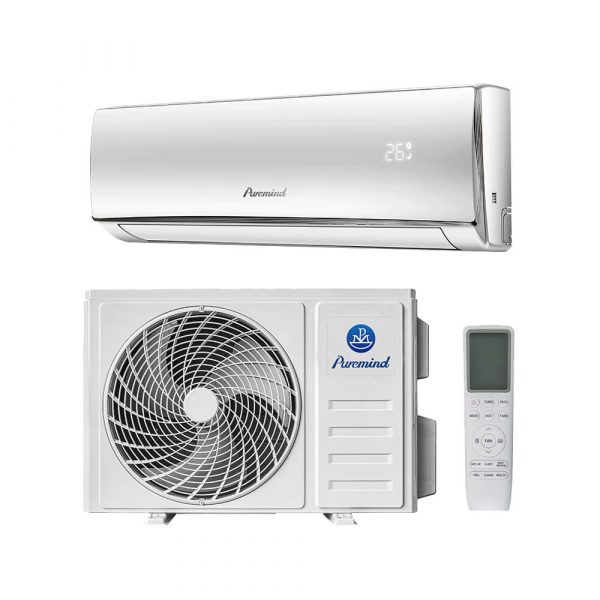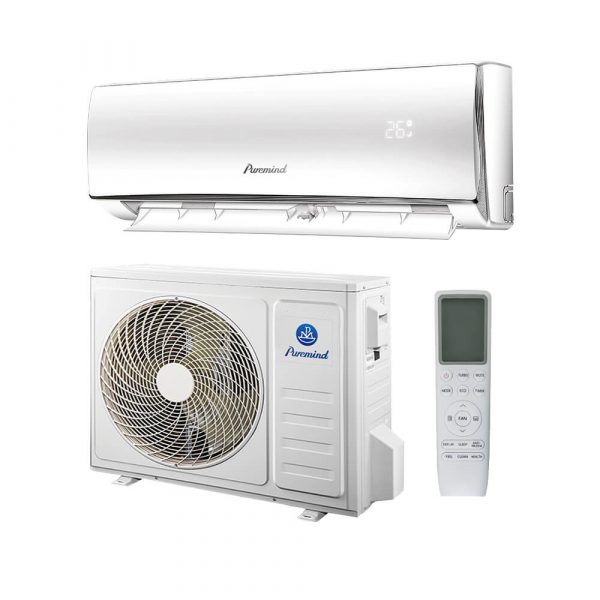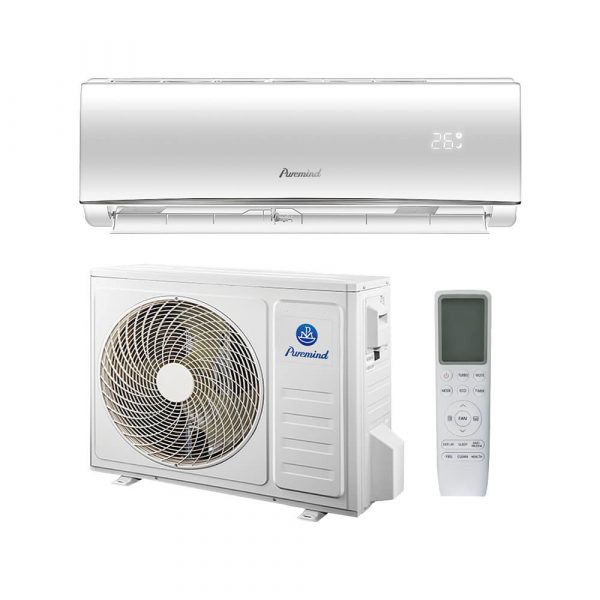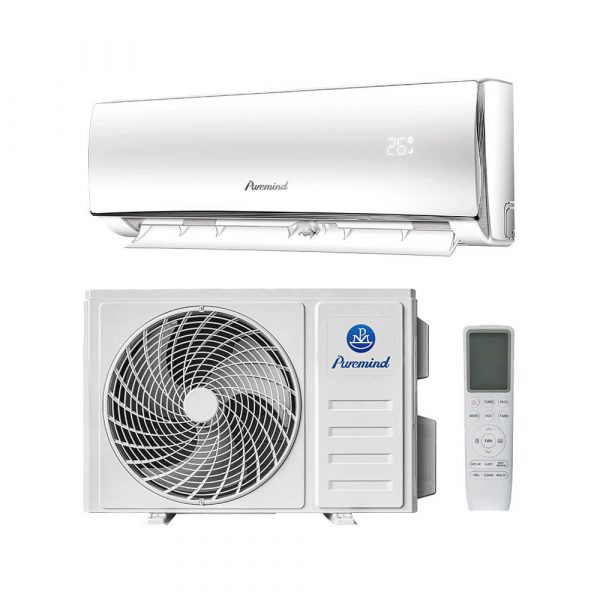How Mini Split Air Conditioners Work: A B2B HVAC Guide
Mini split air conditioners have become a go-to solution for businesses seeking flexible, energy-efficient climate control. Unlike central HVAC systems, mini splits offer targeted cooling without ductwork—making them ideal for offices, clinics, retail locations, and server rooms. But how do mini split air conditioners work, and what makes them so effective for commercial applications?
This article explores the internal mechanics, key components, and real-world benefits of mini splits for B2B customers.
What Is a Mini Split Air Conditioner?
A mini split system (also known as a ductless split system) consists of two main parts:
- Indoor Unit: Wall- or ceiling-mounted unit that distributes air directly into a room
- Outdoor Unit: A compressor and condenser that exchanges heat with the environment
The two units are connected by refrigerant lines, allowing for seamless transfer of heat and energy.
How Do Mini Split Air Conditioners Work?
The system operates using a closed-loop refrigeration cycle:
- Air Intake: The indoor unit draws warm air from the room across its evaporator coil.
- Heat Transfer: Refrigerant inside the coil absorbs heat and evaporates.
- Compressor Action: The refrigerant gas travels to the outdoor unit, where the compressor increases pressure and temperature.
- Heat Release: The outdoor condenser coil releases the absorbed heat into the outdoor air.
- Cooling Cycle: The cooled refrigerant returns to the indoor coil, ready to absorb more heat.
Many systems also support reverse cycle operation (heat pump mode) for winter heating, effectively reversing the above steps.
Key System Components
| Component | Function |
|---|---|
| Indoor Unit | Blows cooled or heated air into the room |
| Outdoor Unit | Contains the compressor and condenser coil |
| Refrigerant Lines | Transport refrigerant between indoor and outdoor units |
| Drain Line | Removes condensate from indoor unit |
| Controller | Remote or app-based thermostat |
Benefits for B2B Use Cases
- Targeted Cooling: Ideal for cooling only occupied zones, such as executive offices or server rooms
- Energy Savings: Inverter-driven systems use less energy than traditional systems with ducts
- Easy Installation: No ductwork required; install in buildings with limited infrastructure
- Zoning Flexibility: Each indoor unit is controlled independently
- Quiet Operation: Indoor units operate as low as 24–28 dB—perfect for professional settings
Common Commercial Applications
- Medical suites and clinics
- Retail storefronts
- Small business offices
- Classrooms and training centers
- Server and IT equipment rooms
Mini Split Configurations
- Single-Zone: One outdoor unit and one indoor unit
- Multi-Zone: One outdoor unit connected to 2–5 indoor units
- Ceiling Cassette: Flush-mounted for commercial ceilings
- Concealed Duct: Hidden ducted versions for aesthetic commercial installs
Energy Efficiency Metrics
Mini splits are measured by the following standards:
- SEER: Seasonal Energy Efficiency Ratio (Cooling) — Target ≥ 18 for B2B
- HSPF: Heating Seasonal Performance Factor — Target ≥ 9 for heat pumps
- EER: Energy Efficiency Ratio at peak load
Installation Notes
- Use licensed HVAC contractors for warranty validation
- Ensure proper refrigerant charge and line-set insulation
- Maintain minimum 18” clearance around outdoor units
- Consider condensate pump options for ceiling installs
Maintenance Recommendations
- Clean filters monthly in commercial spaces
- Check and clean condensate lines quarterly
- Have refrigerant pressure tested annually
- Use system diagnostics (smart models) to catch early issues
Cost Overview (2025)
| System Size | Unit Price (USD) | Installed Cost (USD) |
|---|---|---|
| 12,000 BTU | $750–$1,200 | $1,800–$2,600 |
| 18,000 BTU | $1,100–$1,500 | $2,200–$3,200 |
| Multi-Zone (3 Rooms) | $2,500–$4,000 | $5,000–$7,500 |
Where to Buy B2B-Ready Mini Split Systems
Looking for commercial-grade mini split air conditioners? Browse our curated selection for offices, medical rooms, server spaces, and more:
Puremind Split Air Conditioner Collection
Our specialists offer guidance on sizing, zoning, installation kits, and B2B pricing.
Conclusion
Understanding how mini split air conditioners work helps facility managers, contractors, and procurement teams make smarter HVAC decisions. With lower operational costs, easier installation, and zoning flexibility, ductless systems are a modern answer to today’s diverse commercial cooling needs.
To get a project quote or compare commercial mini split models, visit Puremind Commercial HVAC Solutions.







